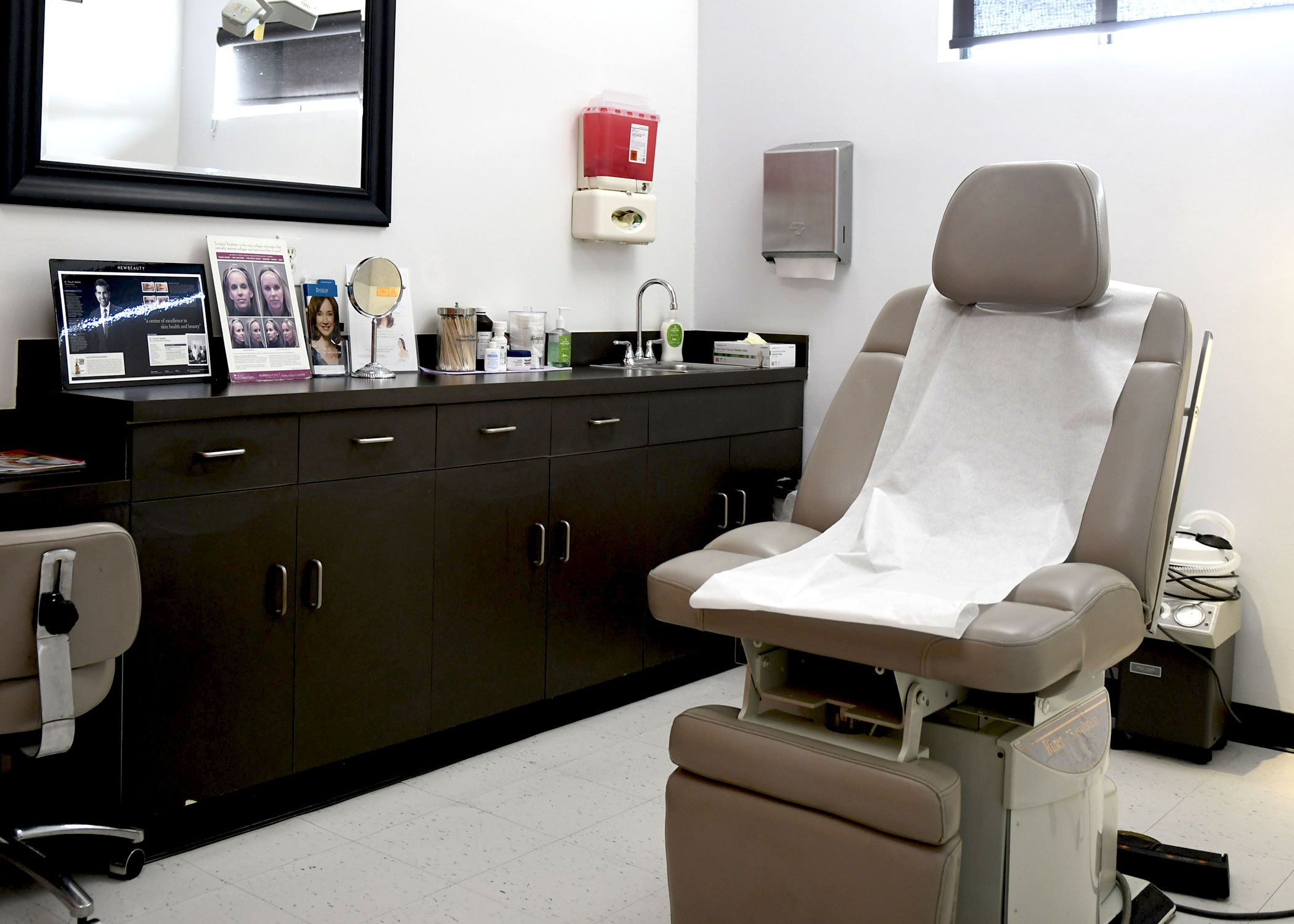A keloid is a mound of raised scar tissue that develops after an injury. Scars are comprised of connective tissue cells called fibroblasts that deposit at the site of a wound. The fibroblasts, along with skin cells, multiply at the location of the injury to repair the skin and to help close the wound. In some instances, the fibroblasts continue multiplying even after the injury is healed to form a keloid. The scar tissue is typically highly pigmented, red, and may be painful or itchy.
Risk Factors for Keloid Formation
Keloids affect approximately 10 percent of people. They are most common in individuals with highly pigmented skin, and they tend to affect men and women in equal numbers. Keloids occur most often on the shoulders, upper chest, and back; however, they can occur anywhere on the body. Susceptible individuals may develop keloids after minor injuries, including pimples or insect bites.
Keloids vs. Hypertrophic Scars
Hypertrophic scars appear similar to keloids, but they are far more common. These scars occur among all racial groups. Hypertrophic scars do not become as large as keloids, and they do tend to fade with time.
Treatments for Keloids
Keloids are largely a cosmetic concern, and they do not become malignant. Keloids are difficult to treat, and individuals with a family history of this type of scarring have a high rate of recurrence. Some keloids may be prevented by using a pressure dressing over the injury site once the initial wound has healed. A series of cortisone injections given over several months may help reduce the size of the scar. Small keloids on lightly-pigmented skin often respond well to cryosurgery followed by injections of steroids or alpha-interferon. Laser treatments may help improve the texture and color of the tissue, but they will not necessarily flatten the scar. A final treatment option is surgical excision; however, operating on a keloid can stimulate the formation of even more scar tissue. To learn more about the various options offered at OC Skin Institute, contact us today.


